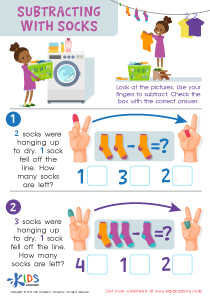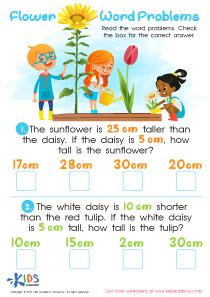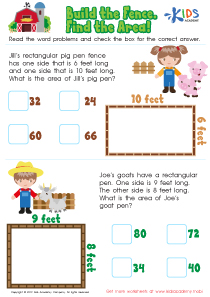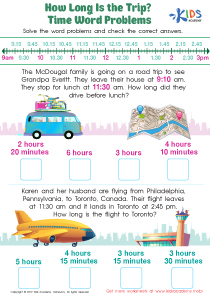Two-step Word Problems Worksheets for 4-Year-Olds
21 filtered results
-
From - To
Introduce your four-year-old to the engaging world of math with our Two-step Word Problems Learning Worksheets! Specially designed to cater to young learners, these worksheets blend fun and education, challenging children to solve problems while enhancing their logical thinking and comprehension skills. Each sheet is crafted to be age-appropriate, ensuring that your child grasps basic math concepts through enjoyable activities. Ideal for both classroom and home use, our Learning Worksheets will set a strong foundation for future mathematical skills. Dive into learning with confidence and fun—perfect for any young scholar eager to explore the world of numbers!
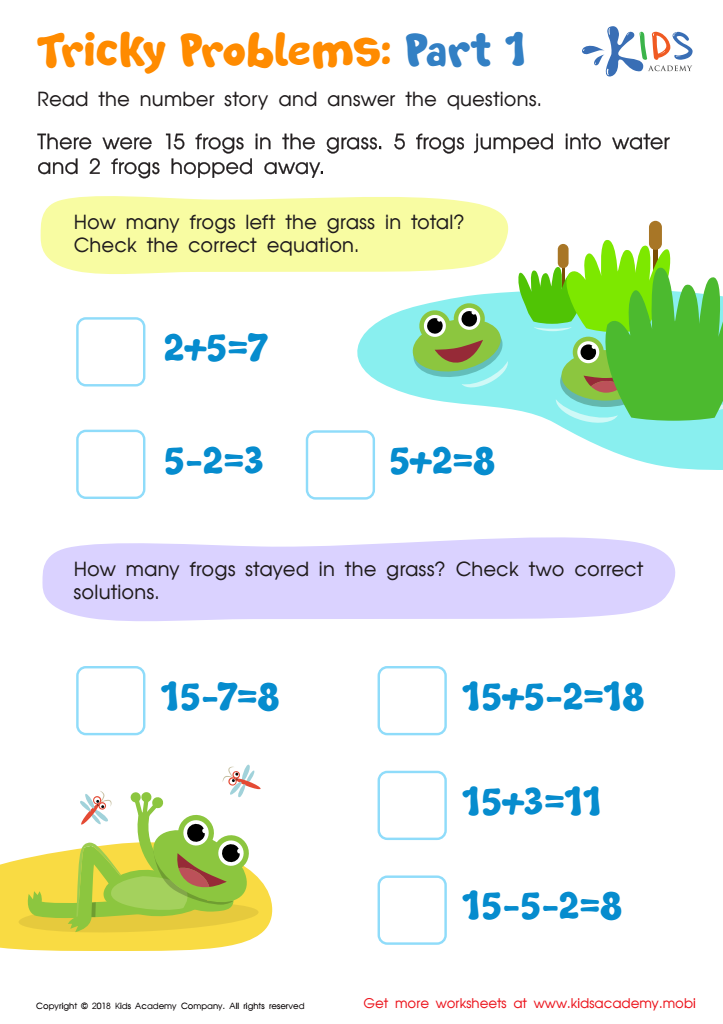

Tricky Problems Worksheet: Part 1


Subtracting Socks Worksheet
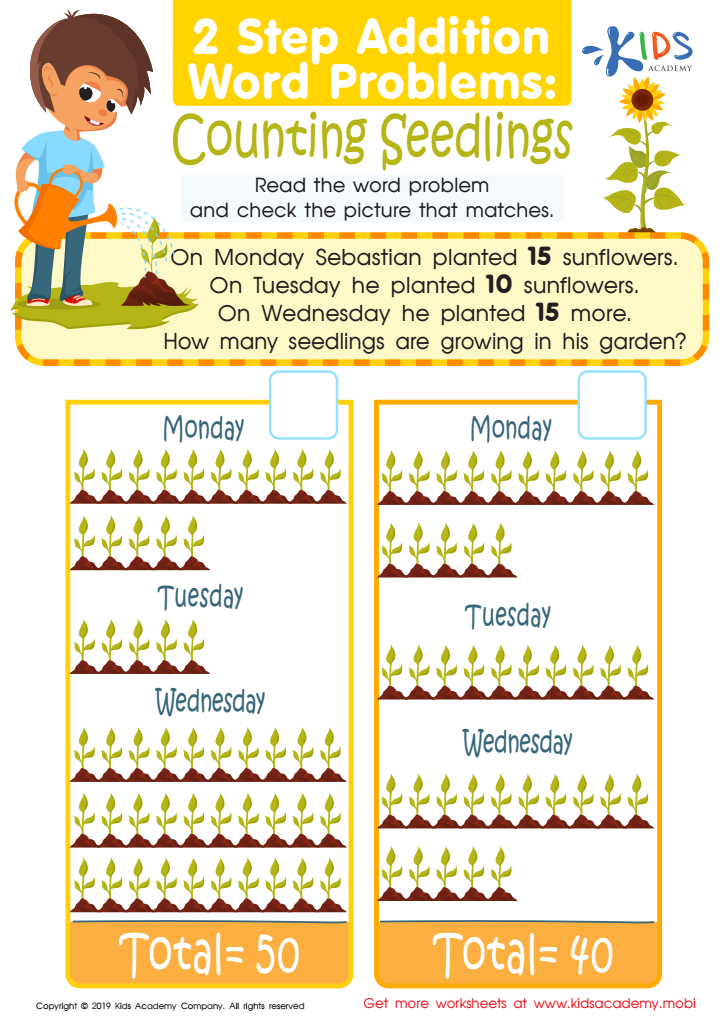

Counting Seedlings Worksheet


Enrichment -2 Step Word Problems Worksheet
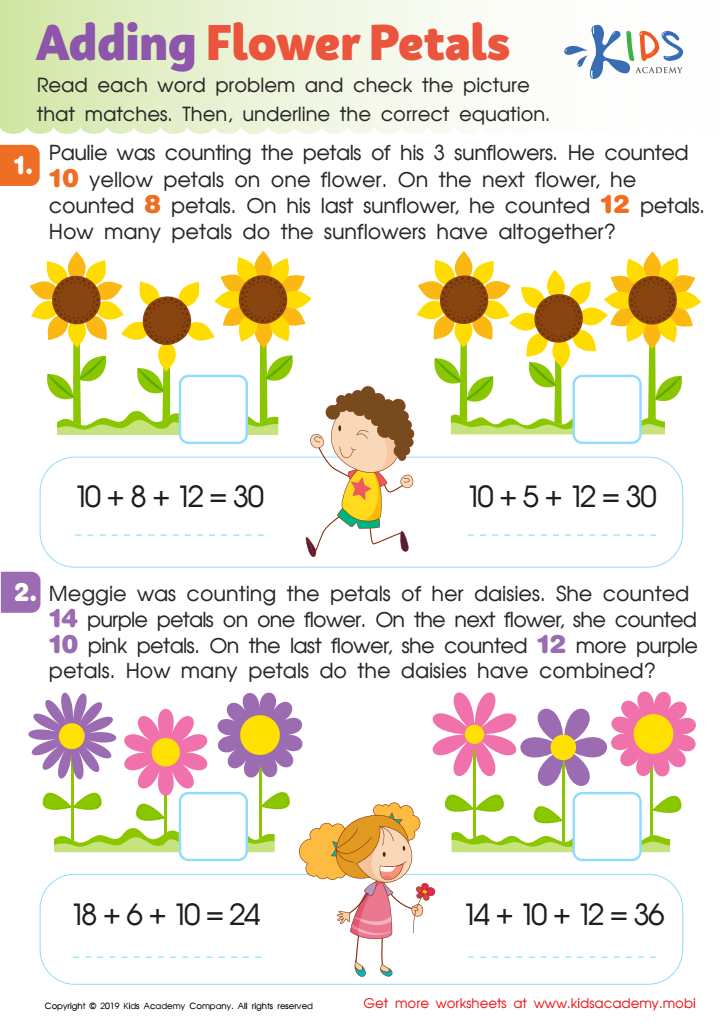

Adding Flower Petals Worksheet


Fruity Problem Solving Worksheet
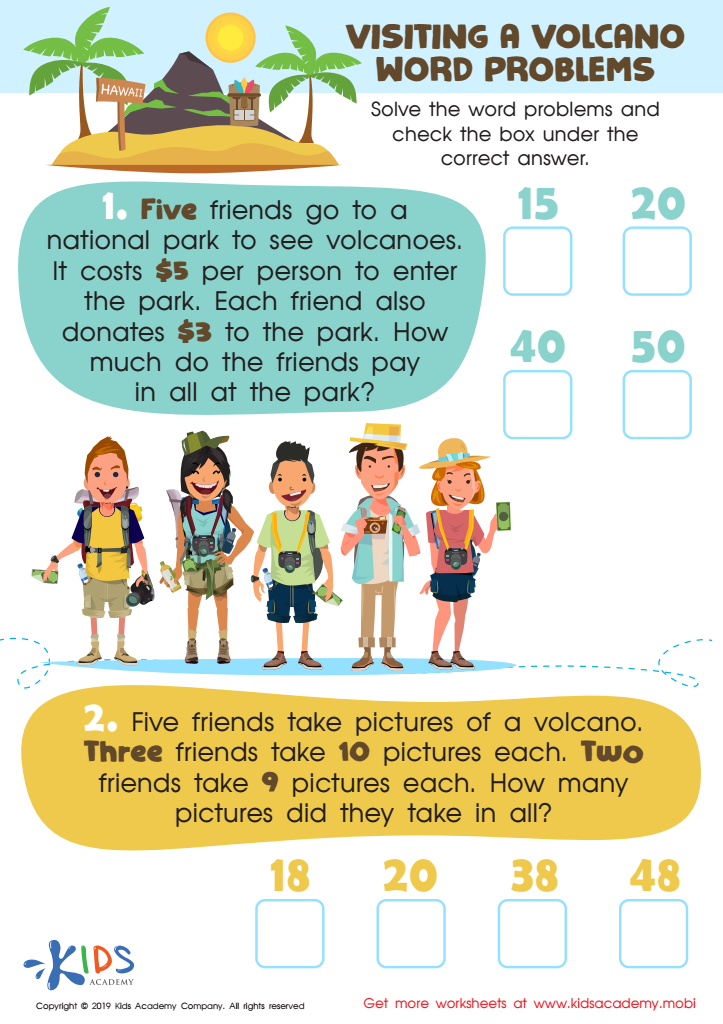

Visiting a Volcano Word Problems Worksheet
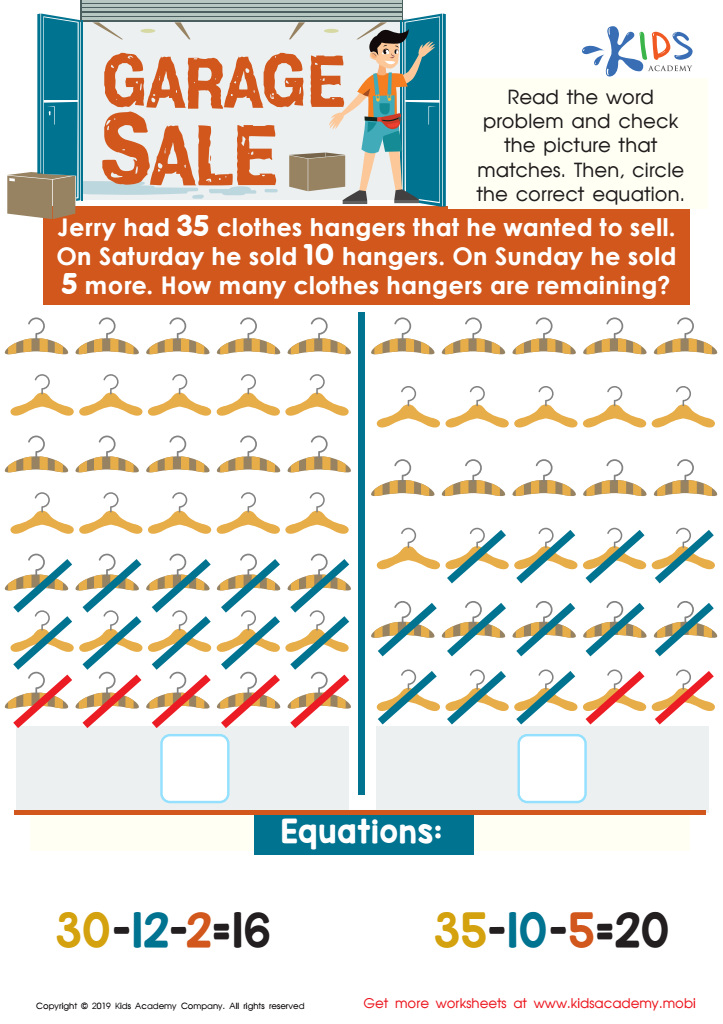

Garage Sale Worksheet
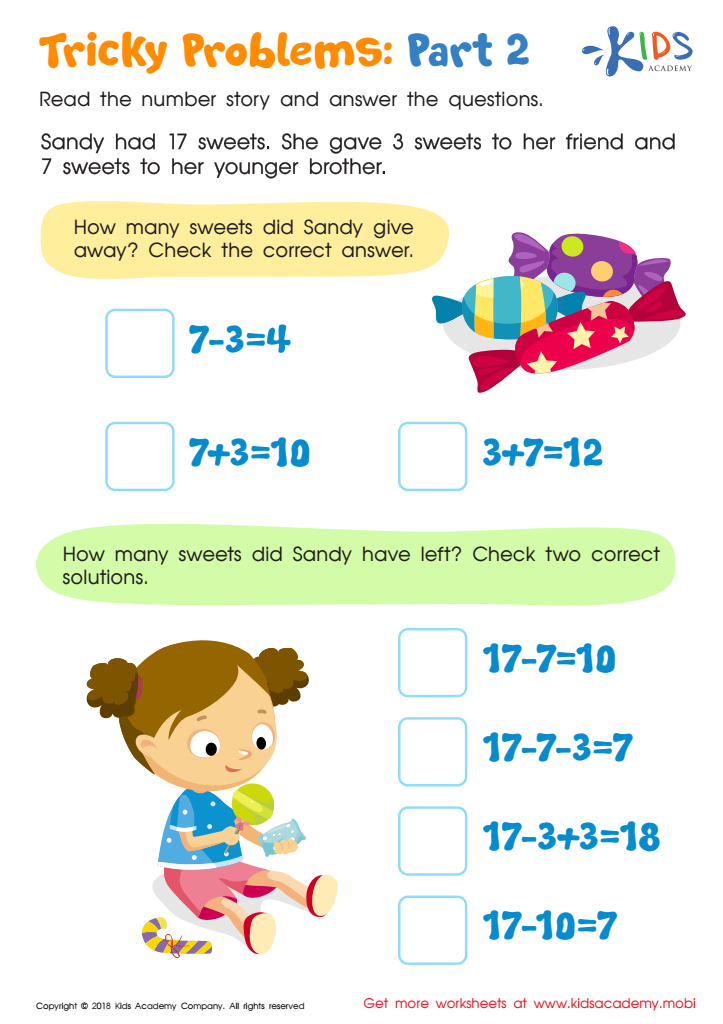

Tricky Problems Worksheet: Part 2
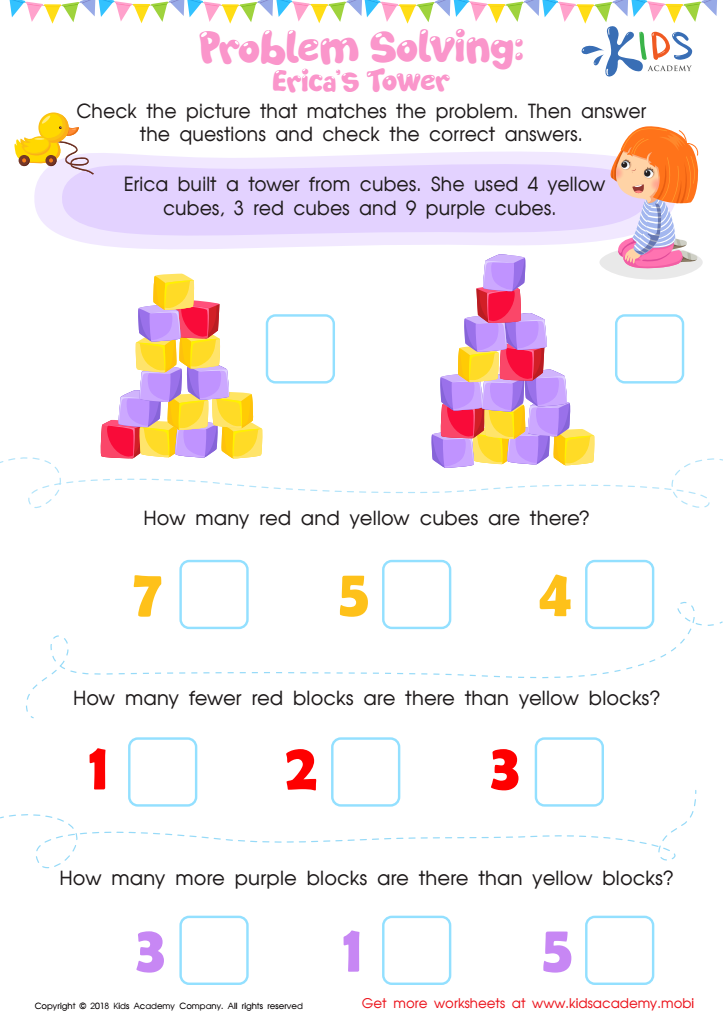

Problem Solving: Erica's Tower Worksheet
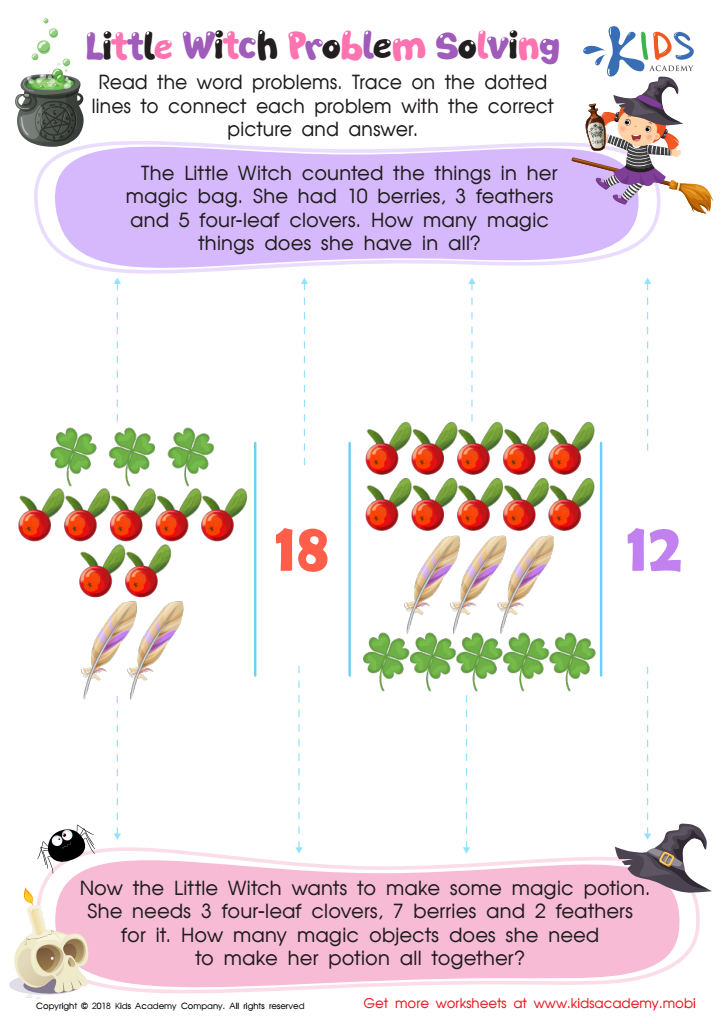

Little Witch Problem Solving Worksheet
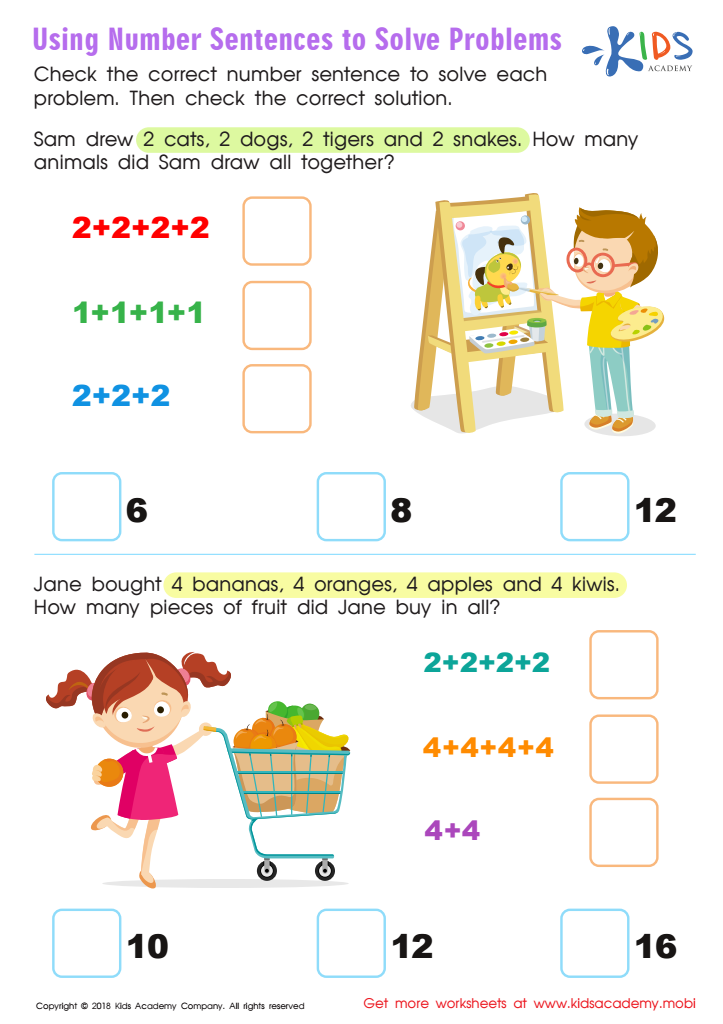

Using Number Sentences to Solve Problems Worksheet


Animals of Amazon Worksheet
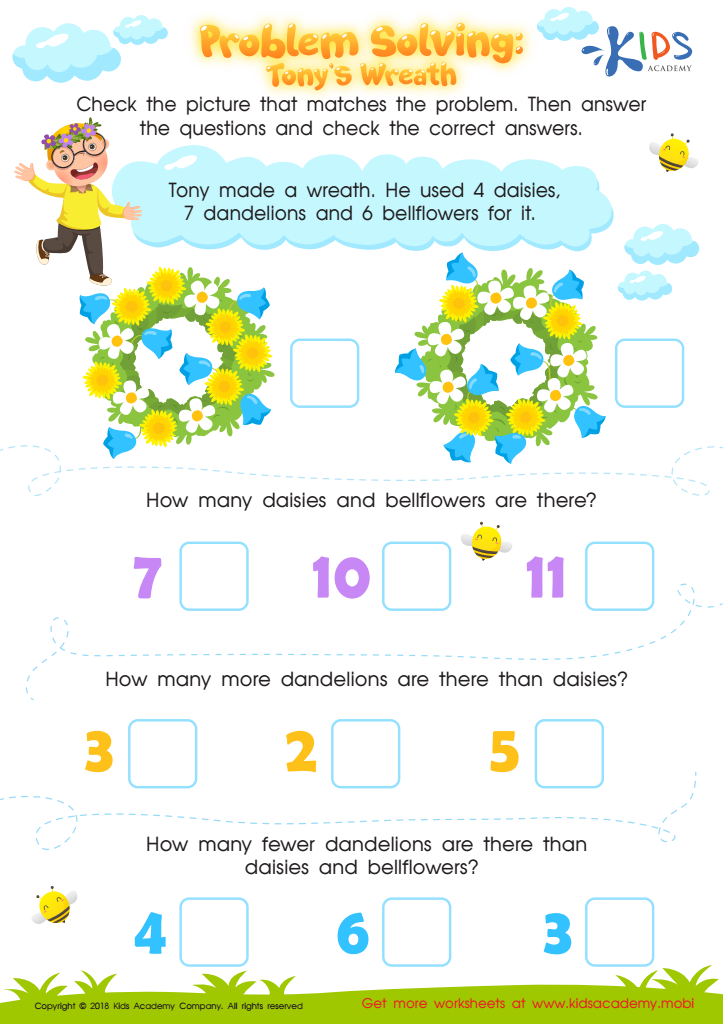

Problem Solving: Tony's Wreath Worksheet
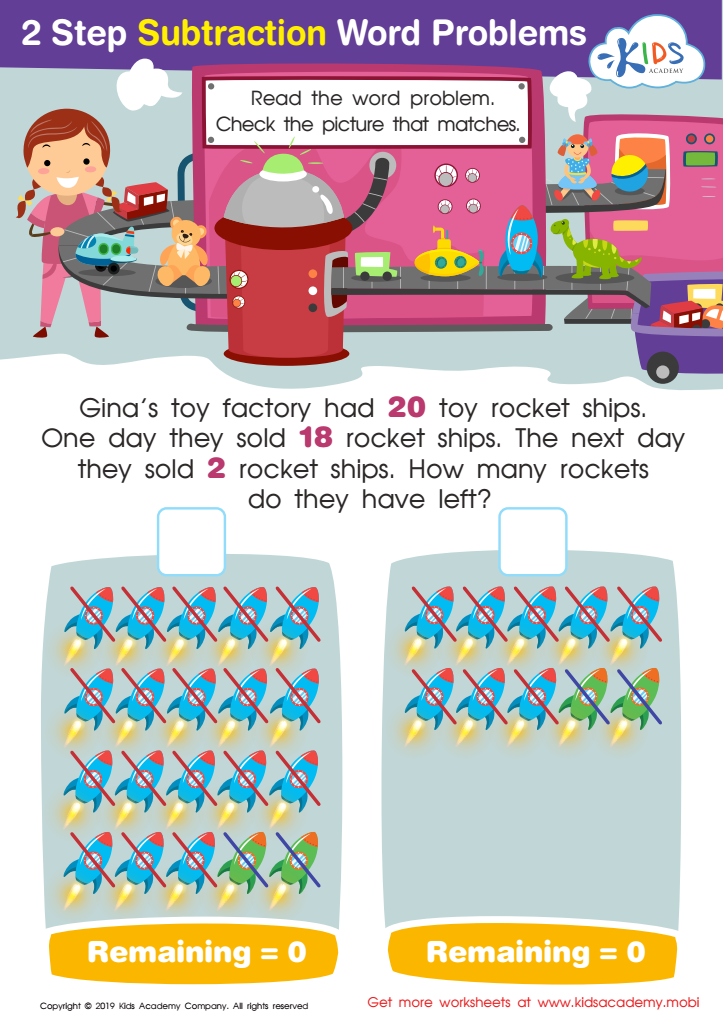

Step Subtraction Word Problems Worksheet
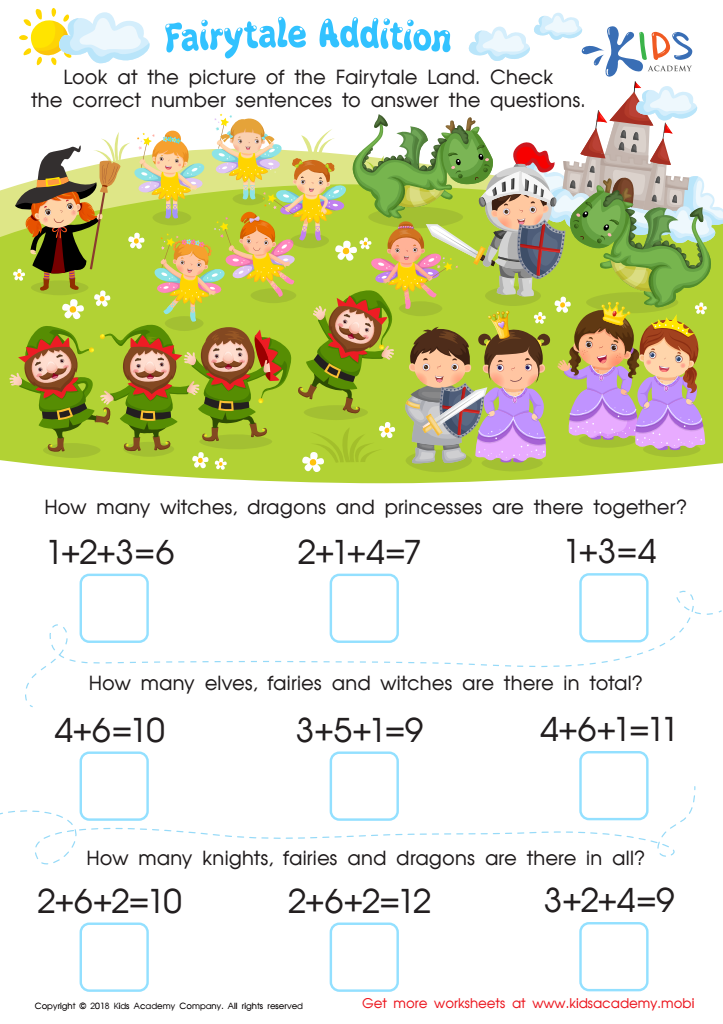

Fairytale Addition Worksheet
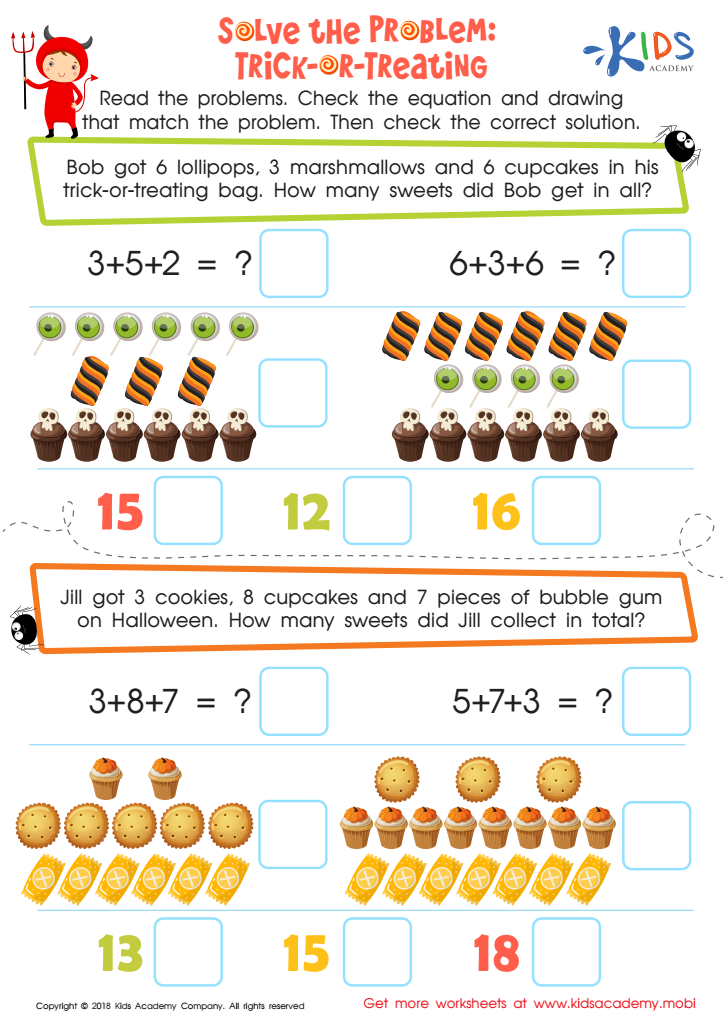

Solve the Problem: Trick–or–treating Worksheet
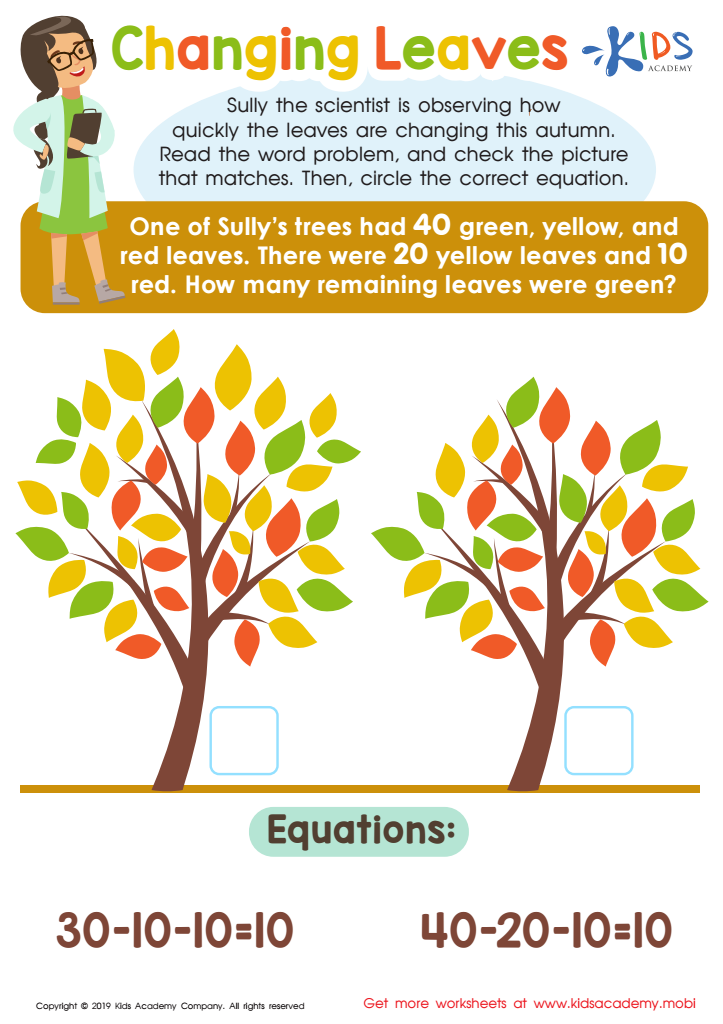

Changing Leaves Worksheet


Addition and Subtraction: Word Problems Worksheet
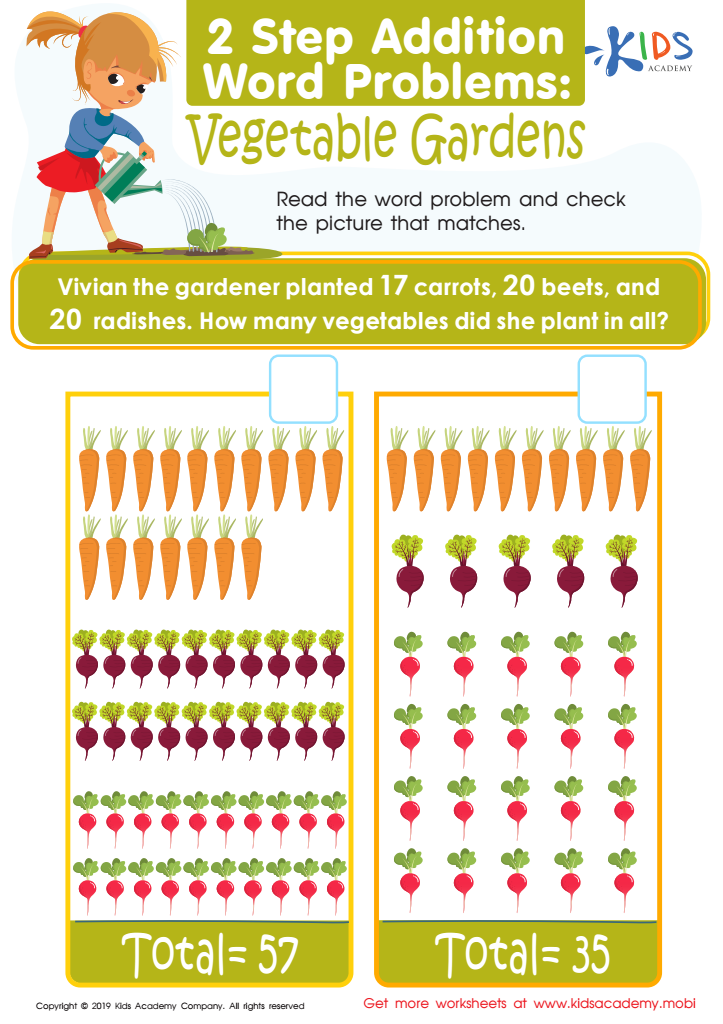

Vegetable Gardens Worksheet


Party Problems Worksheet
The Value of Learning Printables: Two-Step Word Problems Worksheets for Four-Year-Olds
In the foundational years of a child's educational journey, introducing complex concepts in an engaging and manageable way is crucial. Learning printables, particularly worksheets focused on two-step word problems, are an excellent tool for nurturing young learners' problem-solving skills. These worksheets are not just sheets of paper but stepping stones that help four-year-olds develop logical thinking and comprehension abilities early in life.
Encouraging Cognitive Development
At the age of four, children are at a critical stage of cognitive development. They are beginning to understand more complex instructions and can handle tasks that require multiple steps to complete. Two-step word problems worksheets are uniquely beneficial because they challenge young minds to think sequentially. The first step often involves understanding the problem and identifying what is being asked. The second step requires the child to solve the problem based on the information given. This progression from comprehension to execution is fundamental in cognitive development, making learning printables an essential tool in early education.
Building Mathematical Foundations
Mathematics can be daunting even for older students, but when introduced early through friendly formats such as learning printables, it becomes more accessible. Two-step word problems introduce basic arithmetic operations like addition and subtraction in a story-like format, which is more relatable to young children. By integrating math into everyday scenarios, these worksheets make abstract concepts tangible. Children learn not just to count or calculate but also to apply these skills in real-life contexts, laying a strong foundation for future mathematical learning.
Enhancing Reading and Comprehension Skills
While primarily designed to teach mathematical concepts, two-step word problems worksheets also inadvertently bolster language skills. As children read through the problems, they enhance their vocabulary and improve their reading comprehension. Understanding the problem's context requires careful reading, a skill that will benefit all areas of academic life. Therefore, these learning printables serve a dual purpose—boosting both math and reading skills simultaneously.
Promoting Independent Learning and Confidence
Learning printables are designed to be child-friendly, allowing young learners to navigate through problems with minimal adult intervention. This independence in learning fosters self-confidence and a sense of accomplishment. As children successfully solve two-step problems, their belief in their problem-solving abilities grows. This early confidence can set the tone for their attitude towards more challenging subjects as they advance in their educational journey.
Interactive and Fun Learning
Another significant advantage of using worksheets for two-step word problems is their ability to make learning interactive and fun. These learning printables often incorporate colorful illustrations and themes that resonate with young children, such as animals, space, or fairy tales, making the learning process more enjoyable and less intimidating. When children connect learning with fun, their engagement levels increase, and they are more likely to retain the information they learn.
Customizable Learning Experience
Learning printables for two-step word problems can be tailored to the individual learning pace and preferences of each child. This customization is crucial at an age where developmental milestones can vary significantly from one child to another. Educators and parents can choose worksheets that are more graphical or those that use more text, depending on what best suits the child’s learning style. This level of adaptation helps in catering to the diverse needs of young learners, ensuring that no child feels left behind.
Encouraging Parental Involvement
An often-overlooked benefit of learning printables is how they facilitate increased parental involvement in their child's education. As these worksheets require little setup and are easy to understand, parents can easily participate in their child's learning process. This involvement not only strengthens the bond between the child and the parent but also allows parents to directly observe and support their child's learning and developmental progress. It creates opportunities for parents to discuss concepts, solve problems together, and guide their children through the learning process, making it a collaborative effort.
Preparing for Future Educational Challenges
Starting with two-step word problems at a young age prepares children for the types of critical thinking and problem-solving skills they will need in later schooling. Early exposure to solving such problems can ease the transition to more complex mathematical concepts and other subjects that require logical thinking and analysis. By building these skills early, children are better equipped to handle academic challenges as they advance through their education.
Conclusion
In conclusion, learning printables like two-step word problems worksheets are more than just educational resources; they are tools that empower four-year-olds with the skills needed to succeed in various aspects of their learning journey. From enhancing cognitive development and building foundational mathematical skills to fostering independent learning and boosting confidence, these worksheets play a pivotal role in early childhood education. By integrating these learning tools into the educational curriculum, we can provide our young learners with a robust start, paving the way for a lifetime of learning and success.
 Assign to My Students
Assign to My Students







